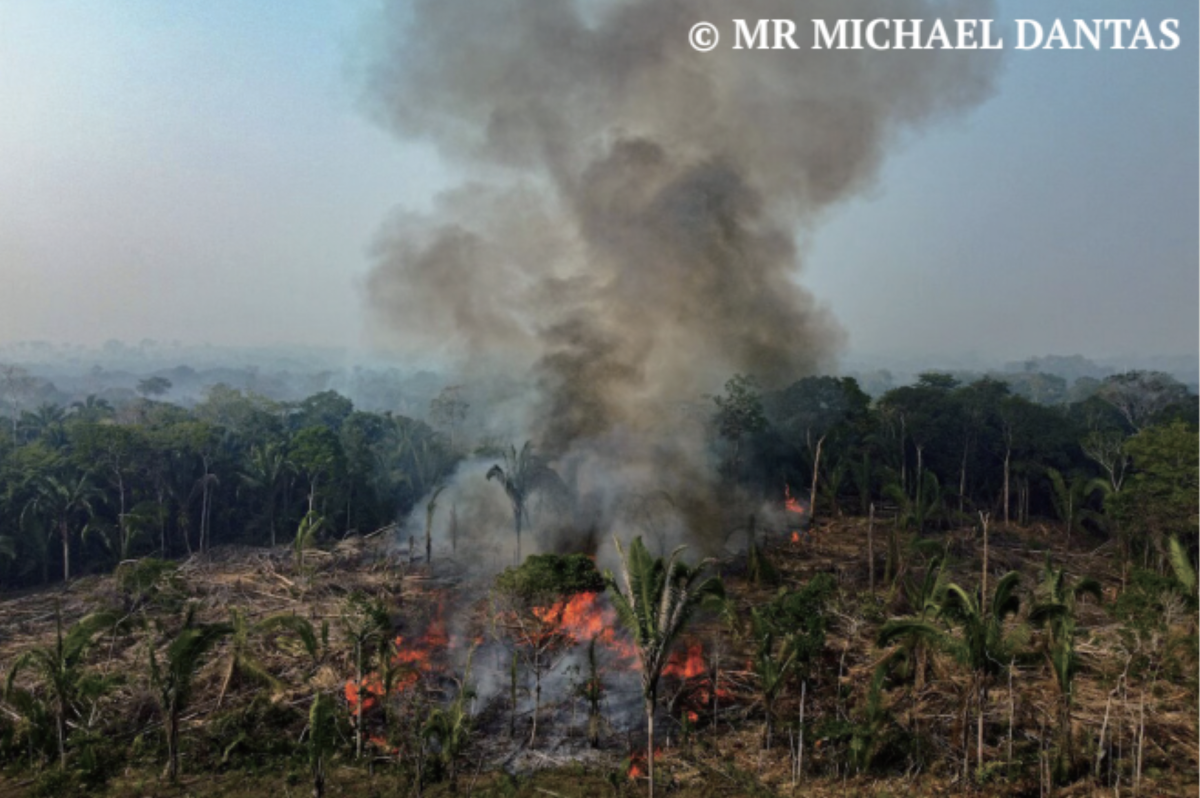“We need to respond now,” Brazilian researcher Bernardo Flores ushered the world in his journal study on 14th February 2024. The journal, published on Nature, provides critical insights into the potential tipping point of the Amazon forest system. The large-scale biome, known to be the largest rainforest on the planet, has a history of over 65 million years and is predicted to come to a complete collapse around the year 2050.
The journal, which has been described as “the most comprehensive to date” by the Guardian, compiles research showing that by 2050, 10 to 47% of the rainforest is expected to reach critical conditions due to five main drivers: warming temperatures, forest fires, extreme droughts, deforestation and novel feedbacks. The degradation of the Amazon rainforest ties into the 2015 Paris Agreement, which is a legally binding agreement negotiated by 196 parties at the United Nations Climate Change Conference. The agreement was to keep the rise in mean global temperature to well below 2 °C (3.6 °F) above pre-industrial levels, preferably to limit the increase to 1.5°C (2.7°F), in hopes of combating climate change. However, taking into account 2023 being the hottest year on record with average global temperatures topping 1.5°C of heating above pre-industrial levels for more than one third of the year, forecasts suggest that 2024 will be the first year to fully go beyond the 1.5°C limit.
“Sometimes science takes a little bit longer to really inform what we need,” Dr.Hirota said to the New York Times. “Are we going to wait and see, and blame uncertainty for not doing anything?”
The Amazon rainforest ecosystem has weakened over the past few decades. Paired with the current global climate outlook, scientists believe the biome will reach a tipping point soon which will trigger a forest-wide collapse, leading to mass wildlife extinction of about ten percent of total discovered species. The journal claims that the local government not only needs to halt carbon emissions and combat deforestation but also needs to restore at least 5% of the Amazon rainforest to escape the tipping point, the New York
Times reported. The Brazilian government revealed last year in June that it had plans to meet a pledge to eliminate deforestation by 2030 and has made it the centrepiece of their environmental policy since President Lula da Silva was sworn into office in January 2023.
After six months in office, President Lula claimed the deforestation in the Amazon has managed to drop by about 34%, according to the government’s satellite data. However, with the study published, global temperatures point to an overshoot already happening.
Over 15% of the Amazon has already been cleared, and another 17%has been degraded due to human activities in the region such as logging, fires and under-canopy extraction. A further 38% of the Amazon has reportedly been weakened by long term droughts that have been detrimental to soil health.
There is no doubt that the Amazon is running dry and that this will have a profound impact on not only the local population but also possibly major ecosystems. Despite 2023 being the first year of going 1.5°C above pre-industrial levels, researchers like Marina Hirota, a professor at the Federal University of Santa Catarina, believe that governments shouldn’t hesitate or wait for more clarity to act.
































